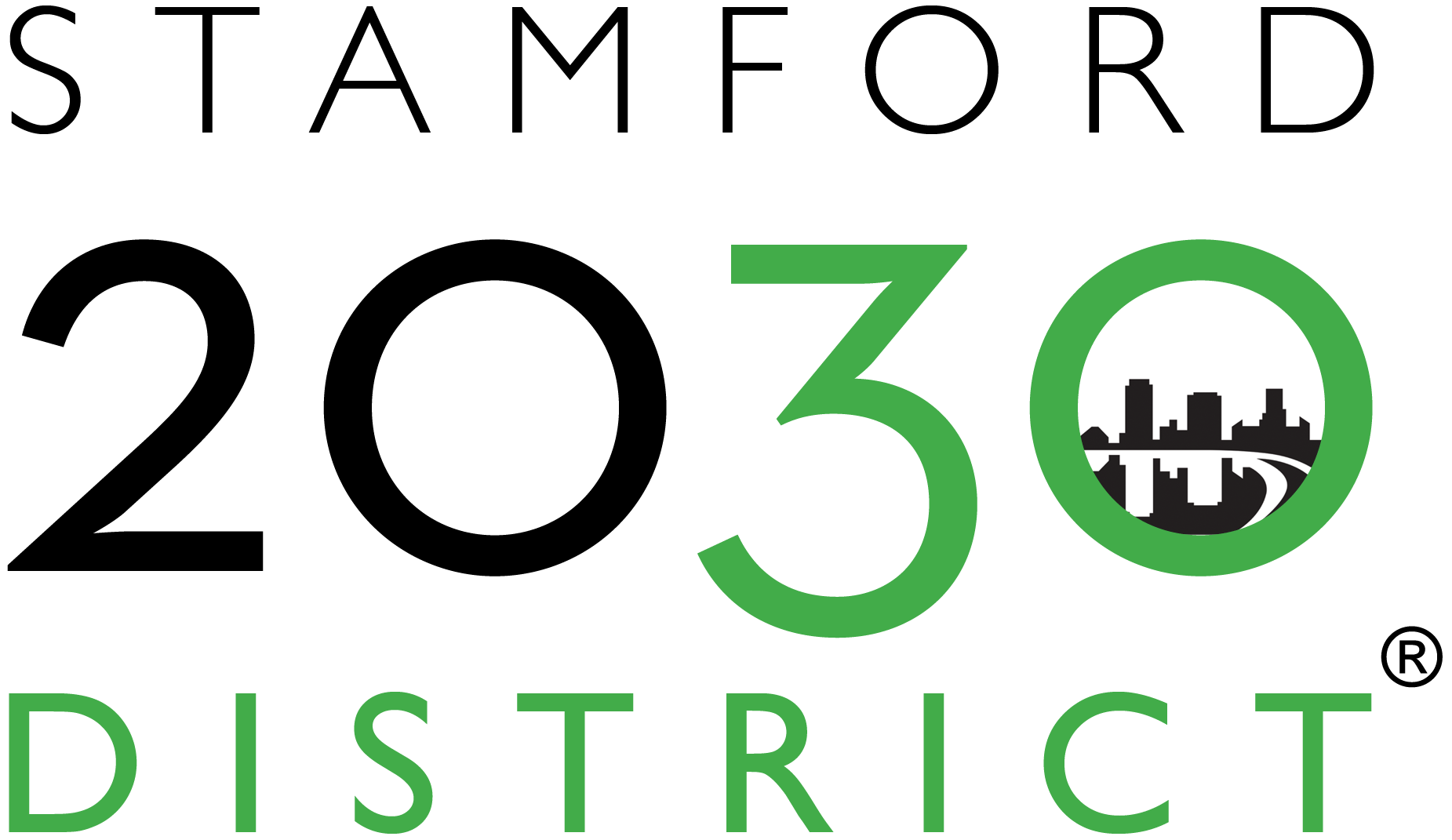Stamford 2030
The Stamford 2030 District is a collaborative, nationally recognized, but local community of high performance buildings in downtown Stamford that aims to dramatically reduce energy and water consumption and reduce emissions from transportation, while increasing competitiveness in the business environment and owners’ returns on investment.
The Stamford 2030 District is an interdisciplinary public-private-nonprofit collaborative working to create a groundbreaking high performance building district in downtown Stamford. With the Architecture 2030 Challenge providing property performance targets, the Stamford 2030 District seeks to prove that high performing buildings are the most profitable buildings in Stamford. District Members will do this by developing realistic, measurable, and innovative strategies to assist district property owners, managers, and tenants in meeting aggressive goals that keep properties and businesses competitive while operating buildings more efficiently, reducing costs, and reducing the environmental impacts of facility construction, operation, and maintenance.
Stamford 2030 District Boundary
2030 District Goals
Existing Buildings and Infrastructure Operations:
50% reductions in energy use, water consumption, and transportation emissions by 2030.
- Energy Use: A minimum 10% reduction below the national average by 2015, with incremental targets reaching a 50% reduction by 2030.
- Water Use: A minimum 10% reduction below the District average by 2015, with incremental targets reaching a 50% reduction by 2030.
- Transportation CO2 Emissions: A minimum 10% reduction below the District average by 2015, with incremental targets reaching a 50% reduction by 2030.
- Resiliency: To be determined by District Partners
New Buildings, Major Renovations and New Infrastructure
Immediate 50% reductions in water consumption and transportation emissions, with energy use in the design year reaching carbon neutrality by 2030.
- Energy Use: An immediate 70% reduction below the national average, with incremental targets reaching carbon neutral by 2030.
Water Use: An immediate 50% reduction below the District average. - Transportation CO2 Emissions: An immediate 50% reduction below the District average.
- Resiliency: To be determined by District Partners
